A heritage tour of Kuala Lipis
Kuala Lipis sees only a trickle of tourists, which is a real shame as no small town in Malaysia can boast so many attractive historic buildings. It’s a perfect overnight stop on the Jungle Railway, with all the sights - as well as sleeping and eating options - within a compact, walkable area.
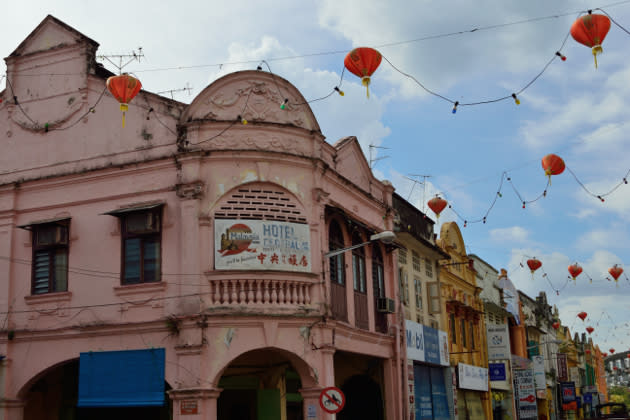
Kuala Lipis was the capital of Pahang from 1898 to 1955, during which time it became rich on the gold, tin and timber trade. It is this combination of prosperity and administrative importance which has left the town with such a wealth of built heritage. The buildings range from grand colonial edifices, to simple wooden structures.
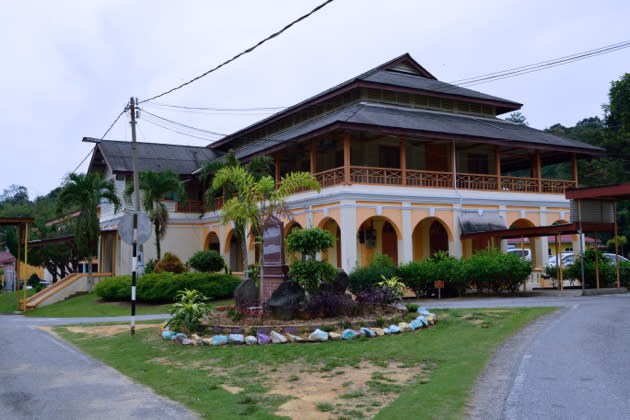
One of the town’s heritage highlights is Clifford School, which was founded in 1913 as the Government English School. The oldest standing structure - the former Malay Hostel - dates back to 1926. Three years after this graceful building was completed, the school’s name was changed in honour of Hugh Clifford, the then British High Commissioner in Malaya, and former Resident of Pahang.
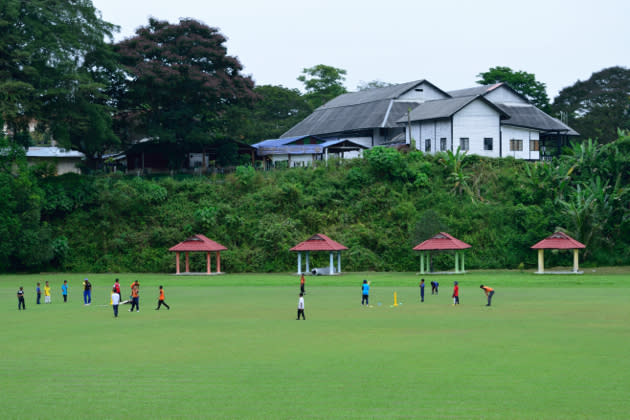
It is hard to believe looking at the happy scenes of kids playing cricket, that these grounds once echoed to altogether more unpleasant sounds. The school was commandeered by the Japanese military during the Second World War, and witnessed torture and executions.
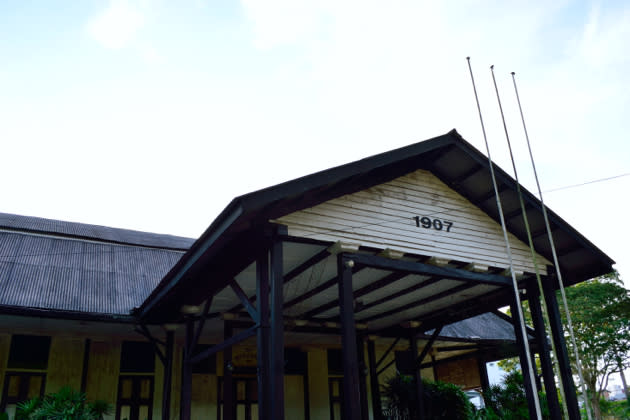
The Pahang Club, which sits on a hill overlooking Clifford School, was once a bastion of colonial social life. Membership was opened up after independence and the club pottered on until very recently. Now, its doors appear permanently locked, and the building has a sad air of neglect.
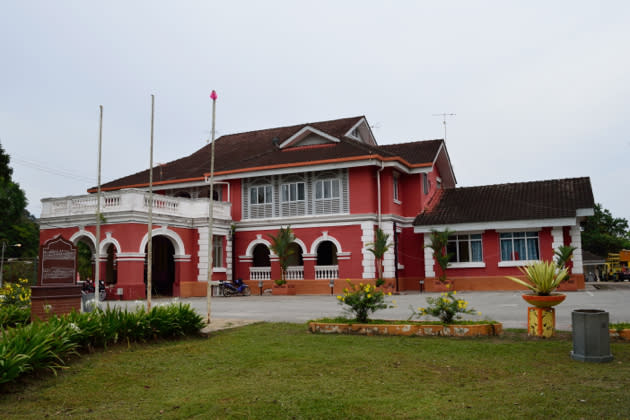
Sitting on top of the highest hill in Kuala Lipis is the former Residency Building, the official home of the highest British official in Pahang. The elegant Edwardian structure dates back to 1922, which makes its supposed associations with Hugh Clifford impossible, as he left Malaya in 1903, and did not to return until 1927.
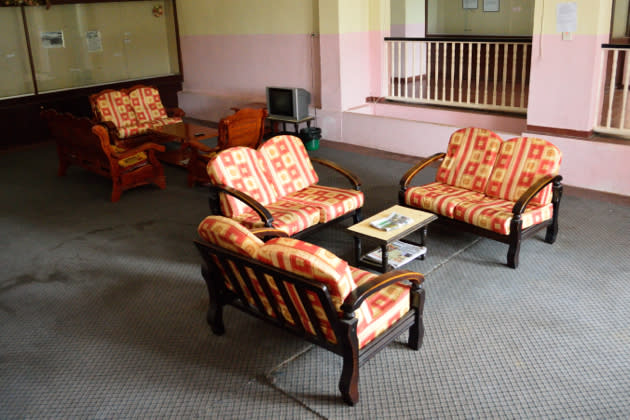
The Residency Building now operates as a government rest house (rumah rehat), which is also open to members of the public. Unfortunately, this is not a recommended sleeping option, due to the building’s shoddy maintenance, unsympathetic restoration, and a general lack of love.
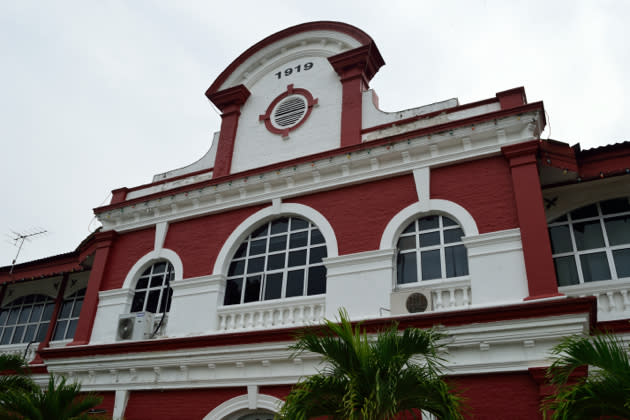
Rather better use is made of the former British administrative headquarters for Pahang, a grand edifice which was built in 1919. In a pleasing continuation of history, the complex still houses various official functions for Kuala Lipis District.
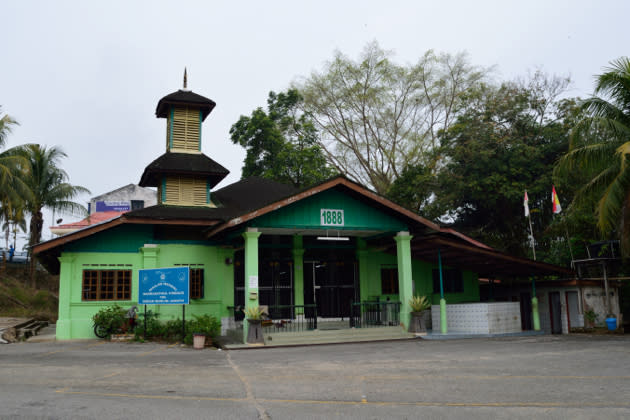
The town’s oldest standing building is Masjid Negeri on Jalan Jelai, which dates back to 1888. This diminutive wooden building was once the state mosque of Pahang. It is clearly made of stern stuff, having survived all the major floods the town has suffered over the years.
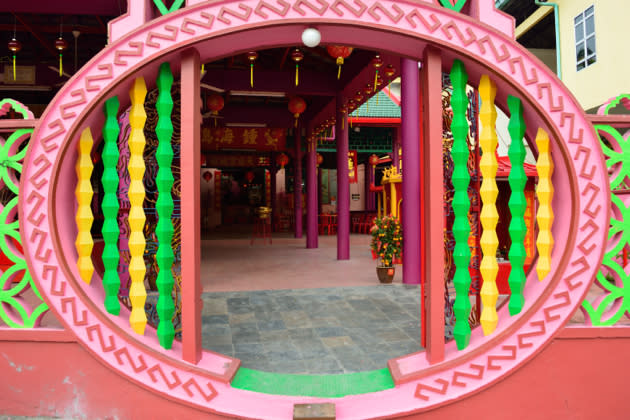
At the opposite end of Jalan Jelai is an attractive Chinese temple, dedicated to Thean Hou (Tin Hau), the Goddess of the Sea. The temple was originally built in 1898, with major reconstruction after flooding in 1926.
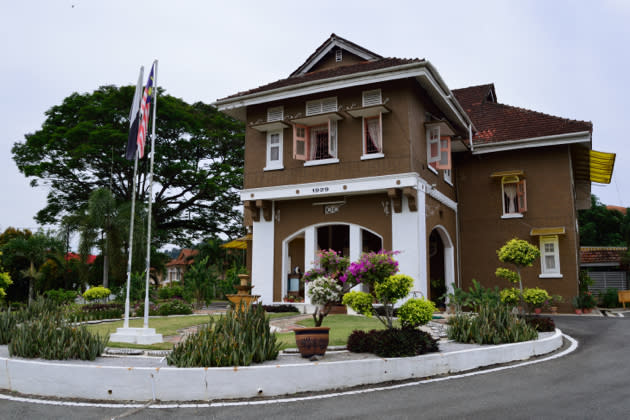
Other notable colonial-era buildings include the Post Office (1910); Sikh Temple (1916); Nurses’ Hostel (1926); Railway Station (1926); and District Officer’s Residence (1929). All these buildings retain their original function.
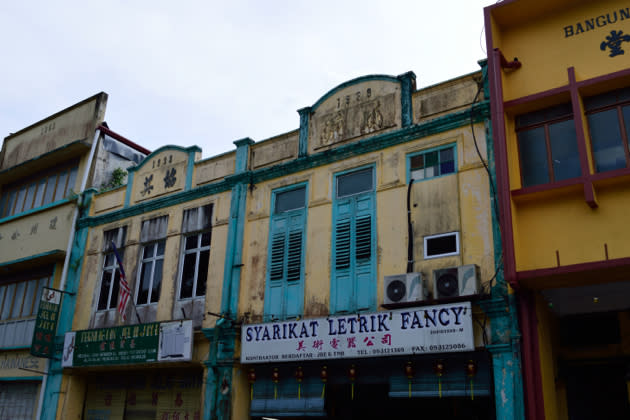
As well as the major heritage buildings already mentioned, Kuala Lipis also has dozens of historic Chinese shophouses. These are clustered in the area between the Railway Station and the Jelai River.
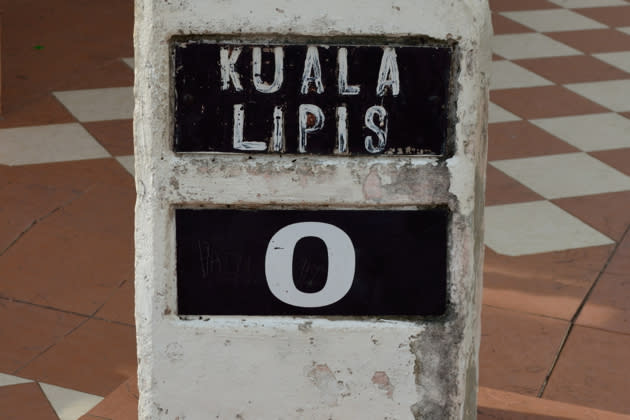
A final oddity is the milestone outside the Post Office, which records the distance to Kuala Lipis as nought. One possible explanation is that this marks the geographic centre of British Malaya, but nobody seems quite sure.
